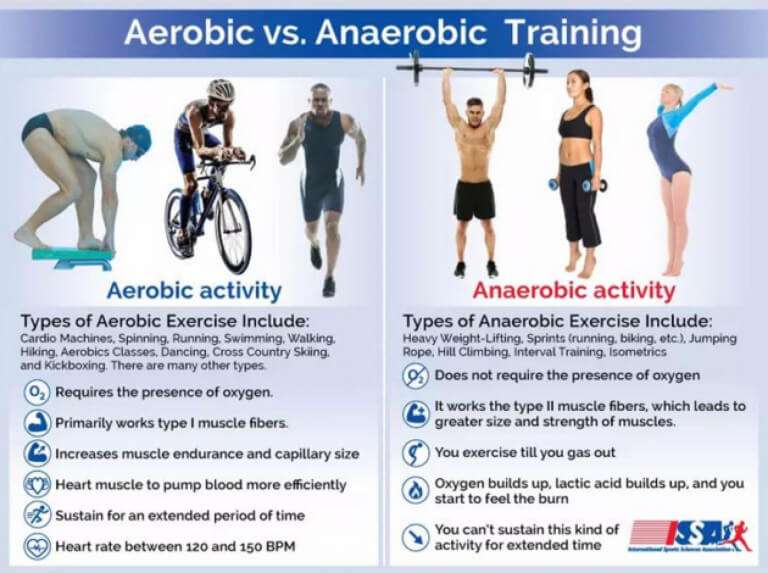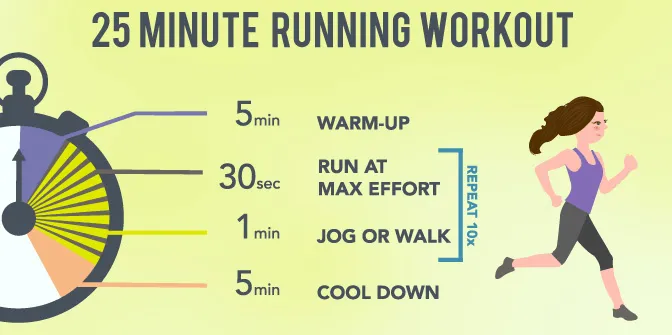When it comes to maximizing fitness & conditioning benefits while reducing workout time, interval swim training is a proven essential piece of the success puzzle. So it’s a good idea to do at least one or two interval sessions per week as part of your overall training plan.
Interval swim training combines short duration, high-intensity bouts of exercise, each followed by a recovery period and repeated multiple times during the workout.
There are several types of interval swim training sessions and which one you choose may depend on the type of racing you will do and the conditions in which you will race. For example, if you are a swimmer racing sprint distances in the pool, then the intervals you might do will be short duration, high speed, high intensity followed by more rest between. If you are a long-distance open water swimmer or triathlete, then it will serve you better to do longer length intervals (2 – 4 minutes) at the intensity you will race in conditions similar to the race venue, be that choppy ocean with current, or in a calm lake.
If increasing power is your goal, then doing interval swim training with some resistance, like a drag chute or using a swimming ergometer with a power meter will be your best bet.
Recently, HIIT or High-Intensity Interval Training has been proven by research to be very effective and time-efficient. It saves time by offering a more structured way to improve fitness. Instead of spending an hour on the treadmill at low or medium intensity, you can accomplish more in 15 minutes with HIIT interval training.
Aside from the time-saving benefits, there are plenty of other reasons to use interval training in your daily workout routines, especially for swimmers looking to maximize their results.
How Interval Swim Training Impacts Fitness
Unlike traditional cardio, which works only the aerobic system, interval swim training works both the aerobic and the anaerobic system, giving you the benefits of cardio and strength/power building in one training session.

It also mitigates some of the issues that many weightlifters experience, such as lactic acid buildup and muscle soreness.
Because the anaerobic system (which helps build muscle) works without oxygen, athletes can easily enter an “oxygen debt,” where more energy is used during the recovery phase to repair muscles damaged while weightlifting.
This can severely limit the number of muscle gains that can be achieved in a single workout session.
By combining anaerobic activity with aerobic activity, muscles stay oxygenated because the aerobic system burns lactic acid and circulates oxygen around the body.
This allows you to burn more stored energy during a single workout, improving results in the same amount of time as a traditional workout.
That’s not all. Here are a few other benefits that interval training can add to your workout experience.
1. HIIT is Shown to Increase Cardio Effectiveness
According to Dr. Brent Ruby, Ph.D., the director of the Work Physiology and Exercise Metabolism at the University of Montana, interval training offers “less total time required to make a big change” to your fitness levels.
In fact, more research has revealed just how effective interval training can be for improving fitness over a much shorter period of time compared to steady-state lower intensity workouts that often last 60-90 minutes or more.
High-intensity training with intervals between 5 seconds to 8 minutes has been shown to improve cardiovascular health and adaptive stress responses in participants much faster than cardio alone.
2. Intervals are More Time Efficient Than Steady-State Exercising
Because intervals essentially combine two types of exercise into one, you don’t have to spend as long working out to achieve the same results as steady state exercises.
In fact, Men’s Journal recommends that HIIT exercises be performed for only 15-30 minutes at most, as anything longer than that can actually fatigue the body and reduce effectiveness.
So interval swim training makes it easier for athletes who are in a time crunch to improve their fitness levels.

For busy athletes who want to workout from home, this saves an enormous amount of time during the day. Interval training at the gym is just as impactful, and for swimmers using a crowded pool, it’s a great way to do a quick, powerful workout.
3. Interval Swim Training Offers More Variety and Reduce Boredom
Because Interval swim training workouts can be very intense, athletes need to focus on accomplishing their intervals with quality technique and form in the designated workout time. One benefit of this focus is less chance of mentally “drifting off” during a workout.
Studies show that daydreaming, watching TV, or otherwise not focusing during a workout can reduce its effectiveness.
By eliminating distractions and focusing on a core set of Intervals for a shorter amount of time, you reduce the risks of getting bored and derailing your results.
4. HIIT Training is Better for Faster Weight Loss
When it comes to calorie burning, research shows that HIIT training burns more calories during and after training sessions.

According to the American College of Sports Medicine, intervals can burn up to twice as many calories in the same amount of time as steady-state workouts, and calorie burning can last between 24-48 hours after a workout.
If you’re looking to get back in swim shape after a long off-season, interval training can help you drop those extra pounds faster than traditional training exercises.
5. Intervals Help Control Blood Sugar Levels
For athletes that struggle with blood sugar issues, like Type 2 diabetes or pre-diabetic conditions, HIIT exercises have been shown to improve insulin sensitivity and reduce the impact of sugar spikes on energy levels.
In one study published in an issue of Applied Physiology, Nutrition, and Metabolism, researchers found that high-intensity exercises were “superior” to moderate-intensity exercises like walking in helping diabetic patients improve over the long term.
HIIT training has also been shown to improve glucose (sugar) responses to food after meals, which may help in maintaining energy levels for athletes throughout the course of the day.
6. Intervals Help Stabilize Blood Pressure
In another study published in the online publication ScienceDirect, researchers also found that high-intensity training was effective at lowering high blood pressure and stabilizing blood pressure responses to exercise.
The study also noted that HIIT was effective for both sedentary exercise groups as well as lifelong athletes.

For those who are just starting a workout after some time off, for example, HIIT can help you get back into shape and improve cardio responses much faster than steady state exercises.
And for athletes that struggle with stress and high blood pressure, interval training can reduce the impact of stress on the heart and improve blood pressure, even if you’re working out less than 3 times a week.
7. Interval Swim Training Promotes General Wellness and Anti-aging
If the above reasons aren’t enough to convince you of the benefits of interval training, research also shows that HIIT exercises can actually slow the effects of aging.
When Dr. Sreekumaran Nair, PH.D. from the Mayo Clinic in Rochester, Minnesota, conducted research into the effectiveness of HIIT on muscle aging, he found that muscle response was better with HIIT compared to steady state exercises.
He subjected two groups of participants (one aged 18 -30 and the other 65-80) to three months of interval training, weight training or a combination of the two. When muscle biopsies were performed after three months, Dr. Nair found that mitochondrial activity increased.
Mitochondrial activity declines with age, but HIIT training has been shown to improve cellular response and slow down the aging process when performed regularly.
So if you’re an older athlete looking to get back into the swing of things (or stay in shape as you age), interval training is an absolute must.
Final Thoughts
Interval training is useful for all athletes and interval swim training is especially important for swimmers, triathletes and surfers. Depending on your athletic goals, it’s a good idea to do one to three high-quality interval workouts per week.
When you’re short on time, interval swim training provides the biggest impact in the shortest amount of time, which can be helpful for swimmers who struggle to get to the pool.
If you need to quickly get in shape (and stay in shape) for swim events, HIIT can be helpful for getting results faster than steady state workouts.
Plus, if you’re an older athlete that struggles to build muscle or improve cardiovascular response during swim training, high-intensity intervals with added resistance (drag chute in a pool, swim bench, or even hills for cycling and running) will improve performance without adding more stress to the body.
In other words, if you want to become stronger, better, faster, then make interval swim training a regular part of your overall training program.